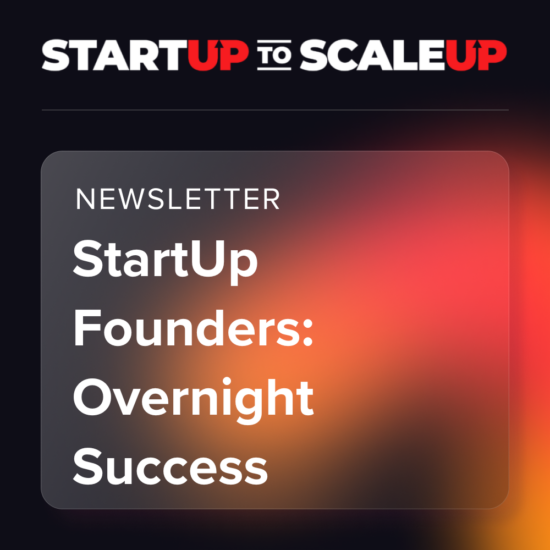Employees & StartUp Equity

As a startup, one of the key ways to attract top talent is through the use of equity compensation. This involves offering employees a percentage of the company’s stock in lieu of, or in addition to, a traditional salary. While equity compensation can be a powerful motivator, it is important for founders to understand how it works and to carefully consider the terms of any equity offer.
- Restricted Stock Units (RSUs): One common form of equity compensation for startup employees is the use of restricted stock units (RSUs). RSUs are essentially a promise to grant a certain number of company shares to an employee at a future date, subject to certain vesting conditions. For example, an employee may be granted 1,000 RSUs with a four-year vesting period, meaning they will receive the shares in four equal installments over the next four years, provided they remain with the company.
- Vesting: Vesting is a critical aspect of equity compensation, as it helps to ensure that employees remain committed to the company over the long-term. Vesting periods can vary, but are typically in the range of one to four years. During the vesting period, employees will only be entitled to a portion of their equity, with the remainder vesting over time.
- Clawback and Drag Along: Clawback provisions allow a company to reclaim equity from an employee if certain conditions are not met, such as the employee leaving the company before their equity has fully vested. Drag along provisions, on the other hand, give the company the right to require all shareholders to sell their shares as part of a sale or acquisition of the company. Both clawback and drag along provisions can be included in the terms of an equity grant to protect the interests of the company.
- Share Types: There are several different types of shares that a startup may issue to employees, each with its own set of rights and privileges. Common types of shares include common stock, preferred stock, and options. Common stock is the most basic type of share and gives the holder the right to vote on company matters and receive dividends, if declared. Preferred stock typically has higher voting rights and may also have a preference when it comes to dividends and liquidation. Options are the right to purchase shares at a certain price (the “strike price”) at a future date.
- Return of Equity: There are several scenarios in which equity may be returned to the company. For example, if an employee leaves the company before their equity has fully vested, they may be required to return a portion of their equity to the company. Similarly, if an employee is terminated for cause, such as misconduct, they may also be required to return their equity. In the event of a sale or acquisition of the company, all shareholders may be required to sell their shares as part of the deal, with the proceeds being distributed according to the terms of the sale.
In summary, equity compensation is a powerful tool for startups looking to attract and retain top talent. It is important for founders to understand the various types of equity and the terms that may be included in an equity grant, such as vesting periods, clawback provisions, and drag along provisions. By carefully considering these terms and seeking legal guidance as needed, founders can ensure that they are making informed and fair equity offers to their employees.


